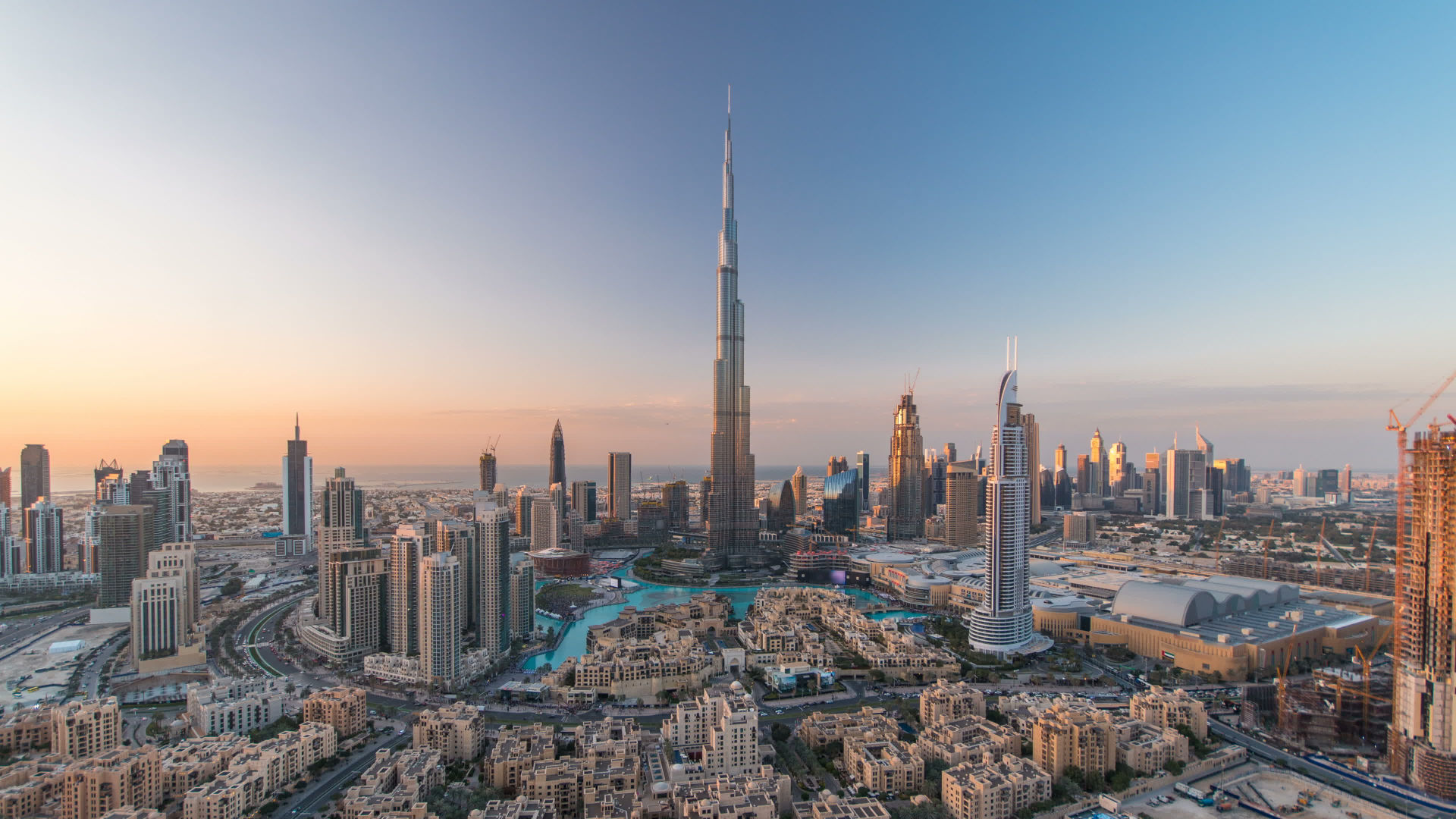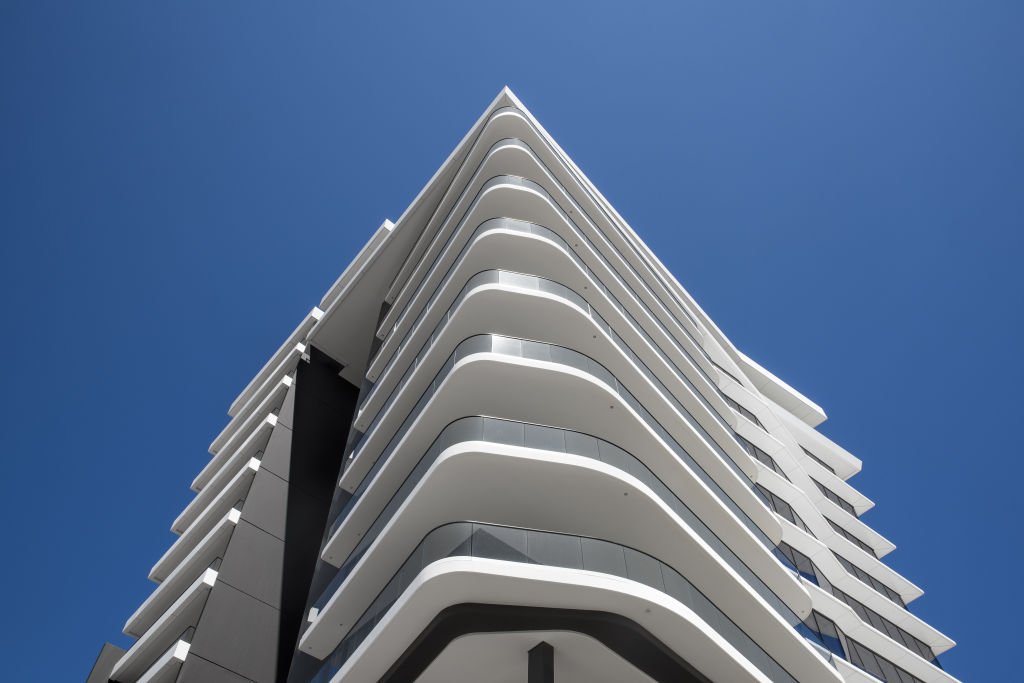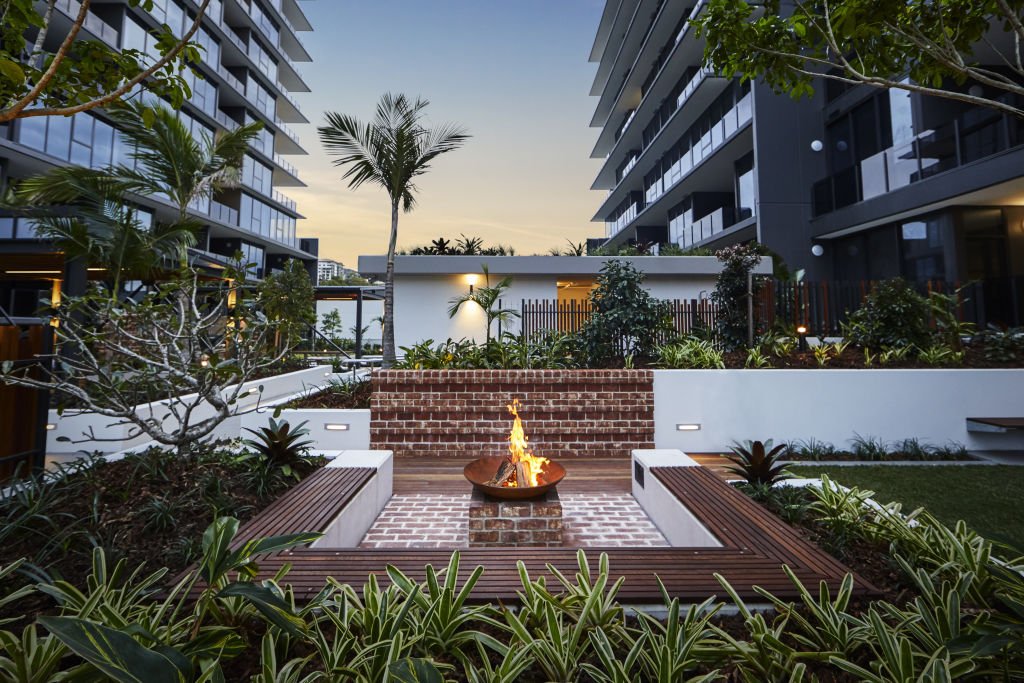
#Overview
This breathtaking, 163 storey skyscraper is the focal point of the 500-acre mega project Downtown Dubai. The tallest building in the world, the ground-breaking tower has redefined what is possible in the design and construction of skyscrapers. Highly acclaimed, it has won numerous prestigious awards for innovation, engineering excellence and architectural design. BESIX took part in this extraordinary project in partnership with Samsung C&T - Arabtec.
#Details
Dubai, United Arab Emirates
Emaar Properties
$1.5 billion
Complete
2004 - 2009
Skidmore, Owings & Merril
Samsung C&T - Arabtec
12,000+
Workers on site per day at peak of construction
550 m
Height of the highest residential floor
828 m
Total height making it the world’s tallest building
45°C+
Highest temperature during construction
163
Storeys

#Delivery
A marvel of modern engineering
Reaching for the sky
The Burj Khalifa is in a league of its own, unparalleled by any other skyscraper across the world. Its tip towers almost 200 metres above its tallest competitor. This marvel of modern engineering has been declared the tallest building in the world according to the three main criteria of the Council on Tall Buildings and Urban Habitat (CTBUH): 'Height to Architectural Top' (828 metres), 'Height to Highest Occupied Floor' (at 550 metres) and 'Height to Tip'. The Burj Khalifa also holds the world record for the highest residential floor (550 metres), the highest outdoor observation deck (at the top on level 124), and the tallest service elevator, which travels to a height of 504 metres.
A fusion of advanced innovation
The most advanced technologies in wind engineering, structural engineering, construction materials and methods were all key to successfully building this impressive tower. The materials used were tested in wind tunnels with speeds up to 200 km/h to ensure they could withstand extreme conditions. Flexible tubes and joints were also used to control the amount of sway.
Constructing a building of this height posed two major challenges: firstly, a comprehensive logistical operation had to be organised in order to allow for the vertical transport of materials, workers and waste evacuation to meet the construction schedule of two floors completed per week. Secondly, concrete needed to be pumped up to the highest level possible – more than 600 metres. BESIX was the first contractor in history to pump concrete to a height of over 600 metres without segregating. With Dubai’s extremely high temperatures (sometimes exceeding 45oC) complicating this process, special concrete mixtures were developed that could be worked on for more than three hours before it began to cure. These were poured mainly at night.
Deep foundations
To build a structure this high, the foundations must run deep. The tower’s superstructure is supported by a large 3.7-metre thick reinforced concrete mat supported by 192 bored reinforced concrete piles. Four concrete pours totalling 12,500 cubic metres form the concrete mat with bores sunk to a depth of 43 metres for cast in-situ piles.
Dismantling the tower cranes
Three tower cranes located at the top of the building were pivotal in the Burj Khalifa’s construction working at a height of over 700 metres. Dismantling all three once construction was complete presented a challenge. One tower crane was used to take down the other two, but in order for this final one to be dismantled and transported to the ground, a smaller recovery crane had to be lifted to floor 159. The tower crane removed its own mast sections then lifted these down to the recovery crane until its boom and powerpack were on level 159. From here, the recovery crane could complete the dismantling and lowering of the remaining sections.
#Gallery




Hotels & Living
EI8HT South Esplanade

Hotels & Living